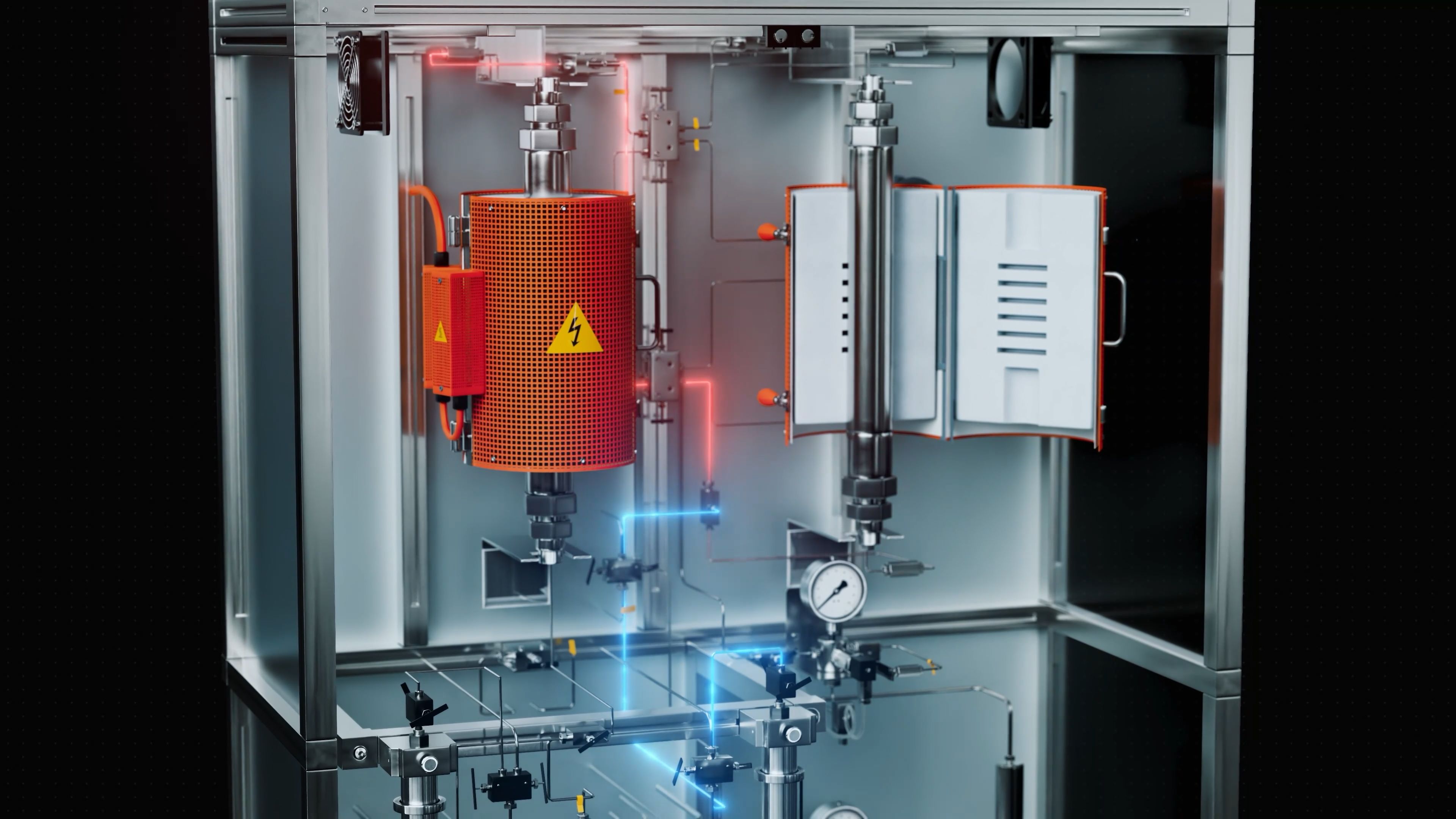Unlocking Earth’s deep secrets to power a green-energy future

Dr David Byrne from Earth Sciences New Zealand will develop a new way to understand the history of water trapped deep within the Earth's crust, a critical step towards accessing resources for our green energy transition
The deep crust contains vast, stable rock formations that could be ideal for storing carbon dioxide or nuclear waste. It may also hold untapped reservoirs of clean-burning hydrogen gas, an important fuel in our green energy transition. The key to locating and safely using these resources lies in understanding the ancient, trapped fluids that flow through the rock. Scientists use noble gases like helium as natural tracers to track the age and movement of these deep waters – but the extreme heat and pressure deep underground distort the readings, making them difficult to interpret.
Dr Byrne has received a Marsden Fund Fast-Start grant to use specialised high-pressure lab equipment to simulate the intense conditions found kilometres below the Earth's surface. The team will test how different non-reactive noble gases are released from rocks into surrounding fluids over time. By recreating the deep crust in the laboratory, they will gather the data needed to build a new, accurate model that explains how these gases behave under extreme stress and heat in the deep Earth.
The model will develop a new framework for interpreting noble gas signals from the deep crust. This should reduce risk for the future exploration of natural hydrogen and helium sources, enabling the potential for new high-value industries in Aotearoa New Zealand. The information could also inform the safety, effectiveness, and sustainability of future projects to store carbon and sequester waste, helping Aotearoa New Zealand and the world to meet its climate change obligations.

The Geothermal Process Simulator equipment, installed at the Experimental Geochemistry Lab in Wairakei, which will be used for the project (photo supplied)
